Artwork Reflection
‘HEAD Study’ ‘A Self Portrait Representation’ Sculpture, Photography.
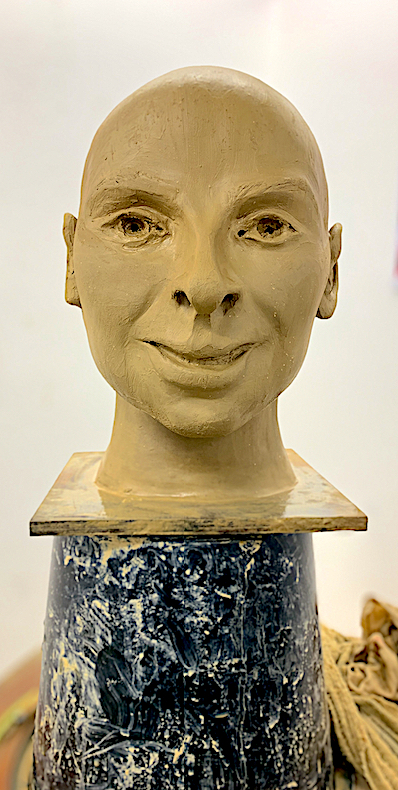
‘Self-Portrait Head Study’ Sculpture Clay
The traditional statue or monument looks realistic, because the representation of a human body or object is skilfully rendered and interpreted, therefore it has a type of reality. Just like the brief’s first task of sculpting a clay head, I wanted to create a realistic version of myself as a self-portrait, and learn how to mould the correct anatomy. Yet, with no prior skill or training, recreating myself in a realist manner was a learning curve, and a big task.
My clay head is not real, because it is not a real human being, breathing emotions with flesh, blood and organs. The sculpture’s materiality is composed of clay, and therefore it is just a piece of clay manipulated by hand and reformed into another form of clay. Texture is important to me, and I like rough and slippery smooth surfaces on a range of natural products (i.e. clay, ceramic, stone, marble and bronze). I decided to focus on making smooth strokes on my clay head.
Once I had achieved shaping the anatomy as correctly as I could in the time frame, I tried to invigorate it by giving it a lively presence, and an essence of life. During the working on the eye and mouth features Lockdown occurred, thus my unreal object (with an unusual and unnatural mouth) is stuck in the studio unfinished.
Overall, there is a slight essence of myself around the upper bridge of the nose and I had begun to breathe life into it. It is a real object, a piece of clay that I can touch by smoothing, adding and subtracting. Although it is just a representation of a familiar seen object, a 3-dimensional head, the concept of reality curves back to me as the artist who made it, because whether the object is worthwhile or not, or valuable or not, it is a valued real artwork to me. The experience was worthwhile, and it was a learning curve that I enjoyed greatly. It was the first attempt at making an anatomically correct self portrait in clay. Therefore, this experience has been my reality, and my truth, because I created it from a lump of clay.
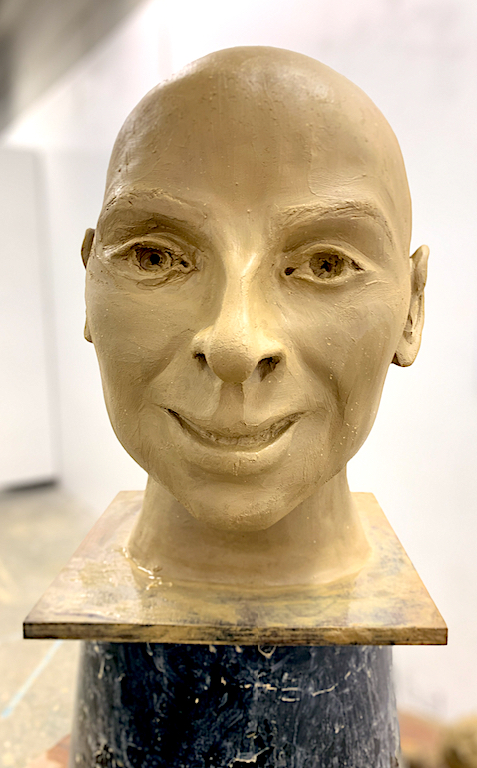
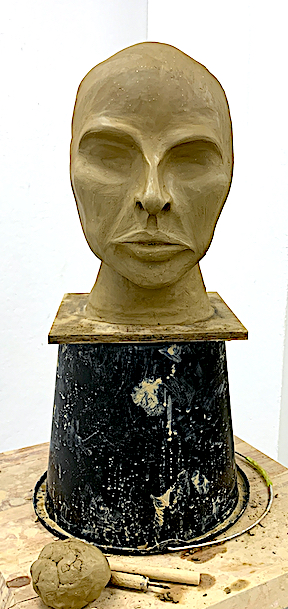
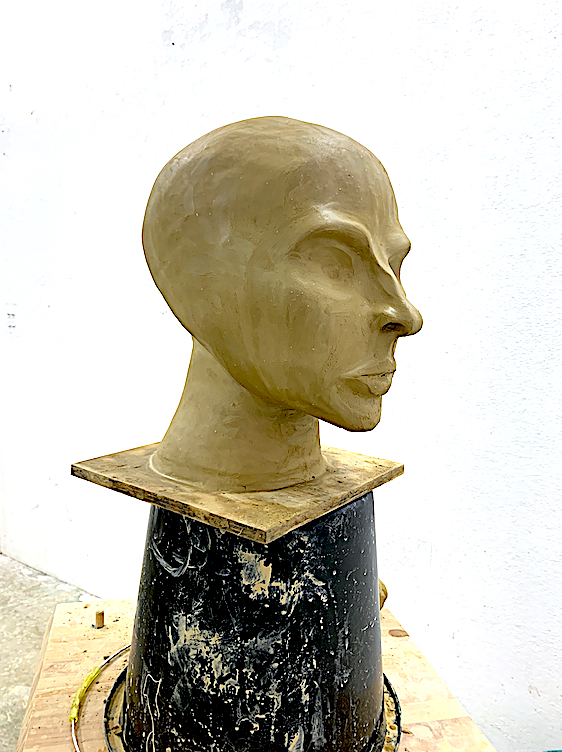
Artist Link: Dr Lisa Osborn
Earlier in the brief, a Zoom meeting was organised especially to be beamed into our sculpture studio. I felt very privileged to be connected across the Pacific ocean to the United States of America to listen to a very experienced artist. Dr Lisa Osborn, a famous American artist in ceramics and sculpture spoke about her studio work.
Dr Osborn discussed how the human figure is central to her clay work, and her life-size figures are representations that are recognisable. By altering the body anatomy, she creates abstracted forms that reflect life. She brings to life a part of the anatomy (such as the toes) to evoke an emotion, and a reality. She spoke to our class about reality, and how to bring our clay heads to life with an emotion, or an animated look.
“My figures remain both real and not real, openly offering that other or third option. Statues, as objects, occupy space and are real things, although they are not real people. A statue may, however, be a portrait of a real person, or the personification of an ideal. A statue is a real object that indicates a reality, but is not a real person or ideal”. https://lisaosbornsculpturecom.wordpress.com/studio/
After reading her site, and viewing her videos, I was drawn by the fact that she independently creates these large figures, instead of having studio artists support the making of her work. I was also fascinated by her figures stationed in a range of body positions, some standing, others crouching and bending, but each projecting a mysterious emotional feeling and a sense of movement, or change of position.
I appreciate how Dr Osborn took the time to share her sculptural experience. I will always value this encounter, as she gave me a greater understanding of our Verisimilitude: Real Sculpture brief. It was awe-inspiring, and made me excited to further improve my clay head.
Artist Link: Henry Moore is a sculptor that I admire greatly, because I am attracted to concepts similar to his. I am emotionally moved by the outer and inner shapes and forms of the natural world, as Moore utilised in both his large and smaller size sculptures. I am drawn to the texture, shape and form of a whole or broken structure, such as a rock or boulder, a tree root or trunk hollow, a shell, an animal skull or bone, or a piece of driftwood. Moore’s figure work is alive with animation, he captures a great essence from these organic forms in nature.
As is Moore, I am also influenced by the physicality of the body. I like how you can see the inner workings (now in diagrammatic forms, books, photographic work and medical x-rays, and videos) and the outer workings of the whole body. I appreciate movement and the ability to see stretched muscular and ligament outlines, shapes and forms. Moore’s lying figures are beautiful to me, twisted and organic, acting like a sloping hill or valley, a representation of a landscape.
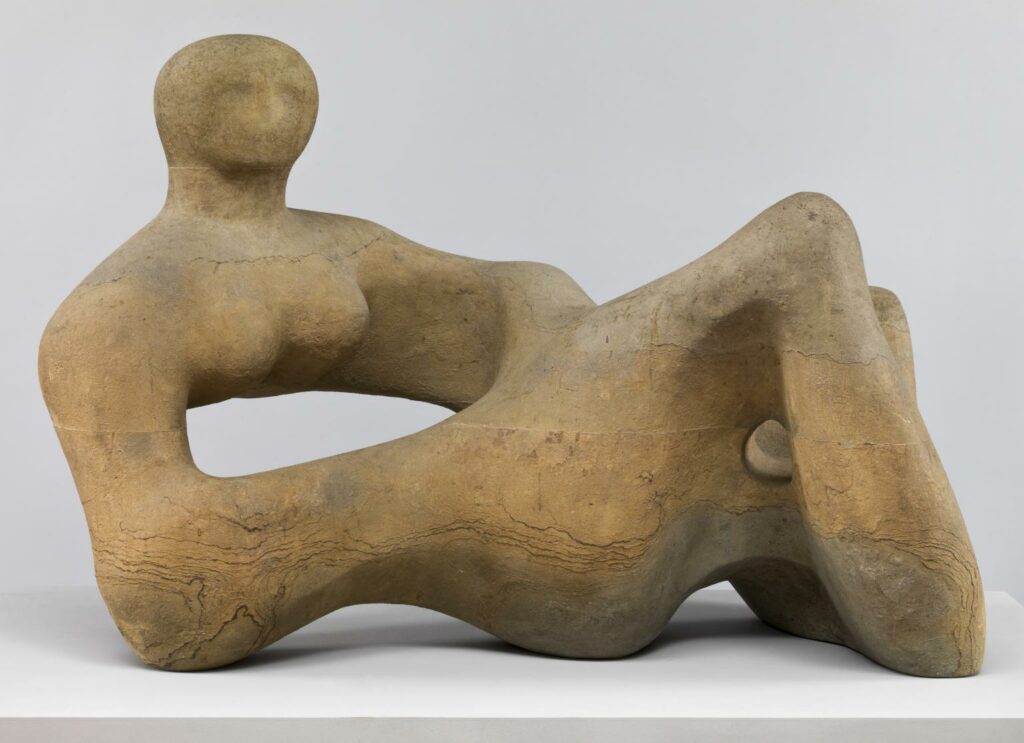
Moore’s sculptures are influenced by ancient historical artefacts such as Egyptian art. Again, I find a connection between us, as I also am stimulated by ancient art from a range of cultures, studying Ancient History, Classical Studies and Anthropology at University.
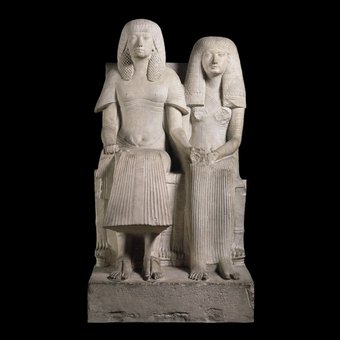
Fig 6. Limestone statue of a husband and wife
From Egypt, 18th or 19th Dynasty, around 1300 BC © Trustees of the British Museum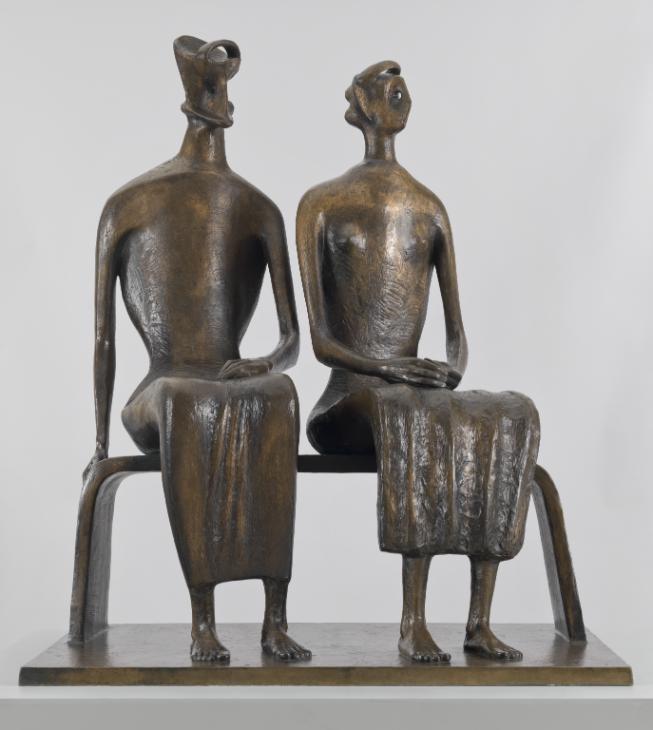
Fig 7. King and Queen 1952-3, cast 1957 Henry Moore OM, CH 1898-1986 Presented by the Friends of the Tate Gallery with funds provided by Associated Rediffusion Ltd 1959 http://www.tate.org.uk/art/work/T00228
Henry Moore: Head sculptures below. The left figure shows a mask inspired facial structure. The right figure head reveals an even less obvious facial structure, leading to a more simple, abstracted and organic form. Yet, this does not make either figures less real. Both figures have an enlivened look and feel to them by sharing their own unique mysterious energies, and both portray life-like, emotive qualities.
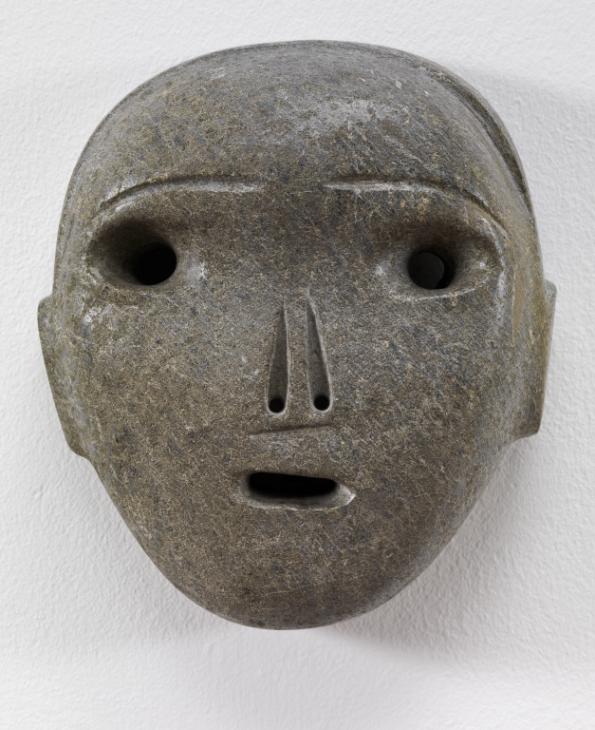
Fig 8. Mask ?1928 Henry Moore OM, CH 1898-1986 Purchased with assistance from the Art Fund 1993 http://www.tate.org.uk/art/work/T06696 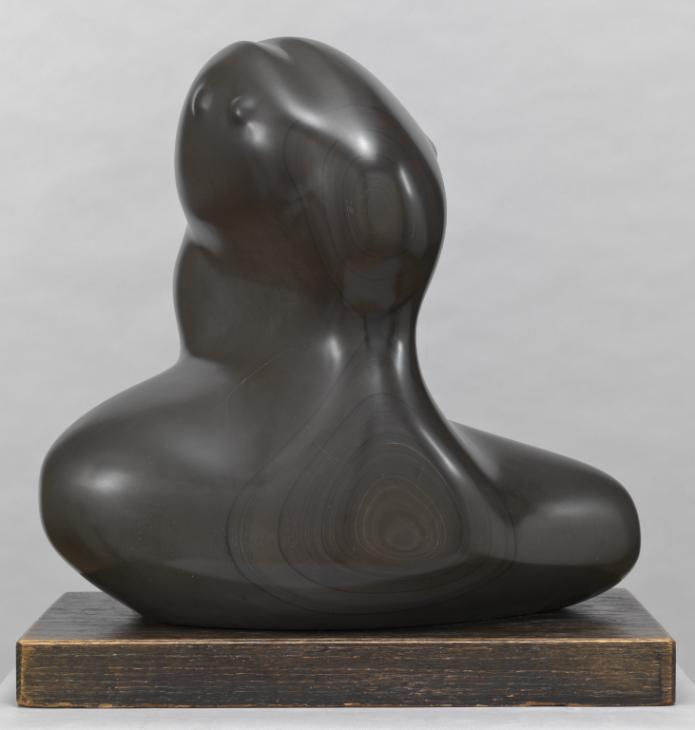
Fig 9. Composition 1932 Henry Moore OM, CH 1898-1986 Presented by the Friends of the Tate Gallery 1960 http://www.tate.org.uk/art/work/T00385
Bibliography: Photos sourced from: The Tate.
The Tate Gallery. Accessed September 15, September. https://www.tate.org.uk/art/artists/henry-moore-om-ch-1659/henry-moores-sculptures
